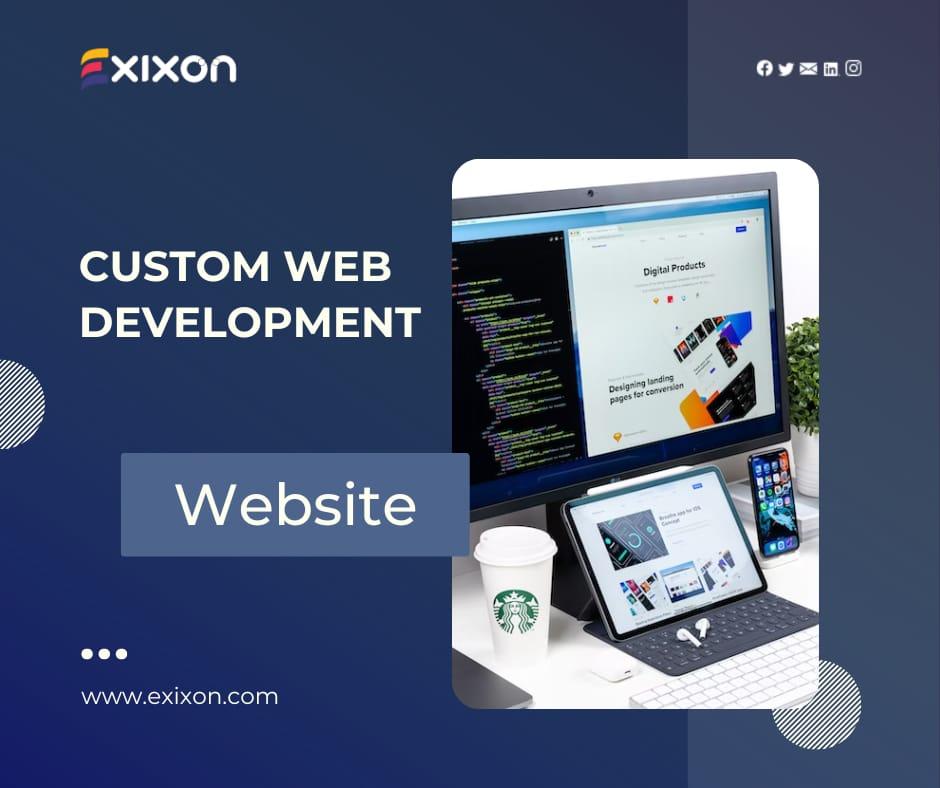The appearance of a website is the first impression it makes on visitors. Whether it’s a personal or business site, that’s a critical factor in building trust with users and their brand.
Web designers often use a combination of knowledge and tools from SEO, digital marketing and UX to build websites that perform well, meet user expectations and deliver a positive experience.
HTML
HTML is the markup language that creates web pages, which look nice on a browser. It is a very flexible language and can be used for a variety of different things.
There are many tags or elements in HTML that structure content into sections, paragraphs and headings. For example, a h1> tag defines a header that is usually placed above the rest of the text.
There are also p> tags, which define paragraphs that can contain multiple lines of text. These are usually written on separate lines within an HTML document.
JavaScript
The world’s most used programming language, JavaScript (JS) is used in web design to make a website interactive. It enables developers to add animations, adaptive content and form validation to their pages.
For example, Google’s search bar uses JavaScript to read what you type into the box and display suggestions based on that information without reloading the page. That’s a powerful feature that wasn’t possible without JS.
It’s also used to run widgets, support flash applications and more. It can be used in all modern browsers and is a popular choice for developers who want to build interactive websites that don’t require downloading or updating.
CSS
CSS, or Cascading Style Sheets, is a style-sheet language that describes the presentation of web pages. It enables one to control colors, layouts, and fonts without having to write HTML.
This is a great advantage for website designers because it saves them time and makes site maintenance easier. Since it’s independent from HTML, you can use it with any XML-based markup language.
Previously, if you wanted to change the background colour or font style of a website, you had to go through all the HTML files and make the changes one by one. This can be tedious and time-consuming, especially if you have a lot of pages to maintain.
Mobile Design
Mobile design is a way to make web pages more user-friendly. It involves designing websites for small screens first and then expanding them to larger ones.
The main benefit of this approach is that it prioritizes content and focuses on the user’s needs. It also helps designers eliminate friction and increase conversions.
Moreover, it makes it easier for developers to create a website that can be used on any device, including desktops and tablets.
As mobile users have a shorter attention span and access the internet on the go, mobile platforms should be designed with simplicity in mind. They should prioritize essential information, such as location and phone numbers, and provide easy navigation.
Social Media
Social media is a huge communication platform that allows people to share information, ideas, and interests in a variety of ways. These outlets can be private or public, and people can post images, videos, or voice recordings to share with their networks.
In web design, these social media platforms have a big impact on the way websites look and function. They are used to create engaging and interactive websites.
Web designers use these platforms to shape websites so that they load quickly and are easy to navigate. They also make them responsive to different screen sizes and devices. This is essential for the success of a website.




